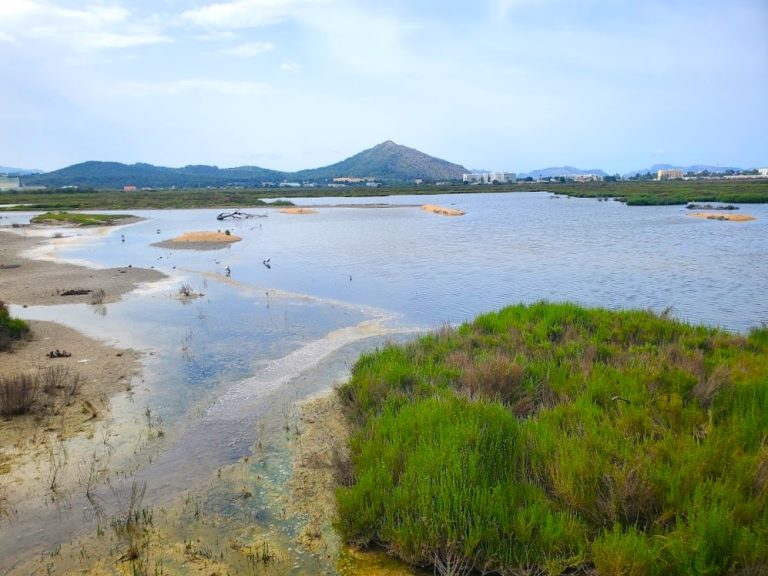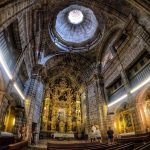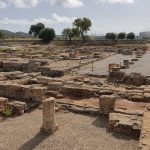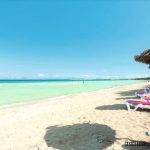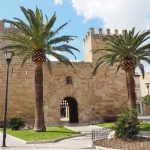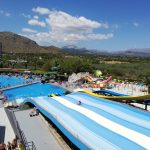Table of Contents
A true natural wonder lies on the northern coast of the sunny Spanish island of Mallorca – the S’Albufera Nature Reserve.
Spanning some 1,600 hectares of protected dunes, wetlands, salt marshes and coastal woodlands, the reserve is one of the most important wildlife habitats in the Balearic Islands.
With its diverse ecosystems and migratory location between Europe and Africa, S’Albufera attracts over 240 species of birds each year, making it a premier destination for birders and nature enthusiasts.
Get exclusive online discounts on all kinds of Majorca trips & activities
In this expansive wetland landscape surrounding Mallorca’s picturesque Alcúdia Bay, visitors can spot everything from graceful flamingos to regal ospreys amongst the reeds.
Beyond rare bird sightings, the nature reserve also provides a peaceful natural escape from the island’s bustling beach resorts. With hiking trails, cycling paths and scenic viewpoints, it’s easy to lose yourself for hours exploring S’Albufera’s natural beauty.
We’ll guide you through everything you need to know to plan the perfect visit, from the reserve’s intriguing history to the diverse species you may encounter wandering its marshy terrain or gazing out from its bird blinds.
We’ll also suggest the best walking routes, lookouts and surrounding attractions to pair with an idyllic day escaping into Mallorca’s wild natural parkland.
Historical Background
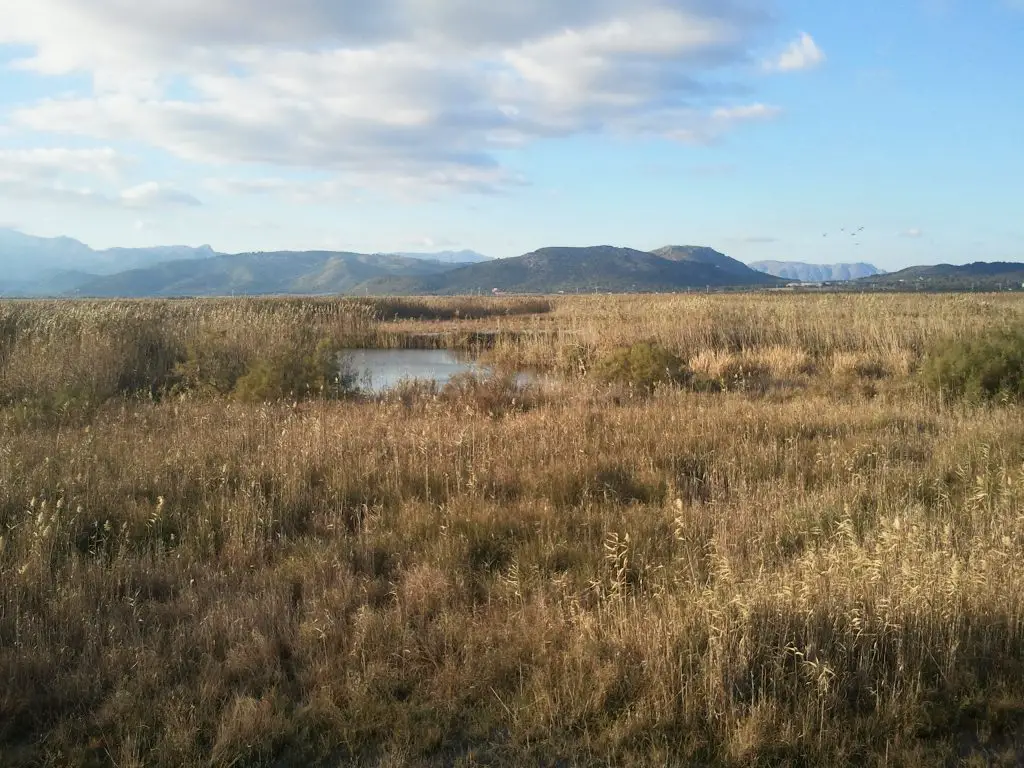
Human settlement has influenced S’Albufera for centuries, with the wetlands holding vital resources for local communities. The reserve likely takes its name from the Arabic al-buhayra, meaning “lagoon”.
Arab rule of the island established an irrigation system feeding the marsh. Later, during the 19th century, British developers unsuccessfully tried to drain the wetlands for agriculture.
These attempts led to the construction of an extensive drainage canal system intersecting the parkland. Although their agricultural plans failed, the company unintentionally made the wetlands more suitable for rice cultivation.
Locals then transformed the landscape by introducing rice paddies early last century. The area even supported a paper mill making products from park vegetation.
By the latter 20th century, threats from expanding tourist resorts raised alarm about safeguarding this vital habitat. Conservation concerns led to the declaration of S’Albufera as a natural park in 1988, ensuring crucial protection for the ecosystems, flora and fauna.
Now the most significant protected wetland in the Balearic Islands, it provides refuge for an abundance of birds migrating through the Western Mediterranean.
Architecture and Design
Beyond its natural vistas, the reserve has a visitor centre showcasing information on the local ecology to enhance your understanding of the landscape. The building features displays illustrating the diversity of bird and plant species found throughout the wetlands and woodlands. Helpful maps, charts and three-dimensional models provide greater context on habitats within the expansive parkland.
A critical tool for exploring the reserve is its network of well-marked walking trails and gravel roads laid out for cyclists. These let visitors easily traverse marshes and ponds to prime birdwatching spots without disturbing the landscape.
Strategically built hides, platforms and towers also allow you to quietly observe birds nesting, feeding and resting throughout the reserve’s ecosystems.
Exhibits & Collections
The true collections showcased at S’Albufera aren’t housed in a museum, but instead on vibrant display throughout the living landscapes. Each season yields different species to discover amongst the salt marshes, reed beds, pine woods and dune ecosystems.
During spring and autumn migrations, the reserve becomes a hotspot for observing Eurasian birds winging their way between Europe and Africa. One may spot colourful common kingfishers along waterways or hear booming bitterns echoing across the wetlands.
Visitors can compare small songbirds like darting Sardinian warblers to larger marsh harriers and egrets gracefully gliding above the reeds.
Come summertime, the wetlands transform into a nursery for the next generation of birds like avocets, stilts and even the rare purple gallinule.
Shorebirds also arrive to build nests and raise chicks, including plovers, stints and Pratincoles gathering to breed by the Mediterranean Sea.
Visitor Experience
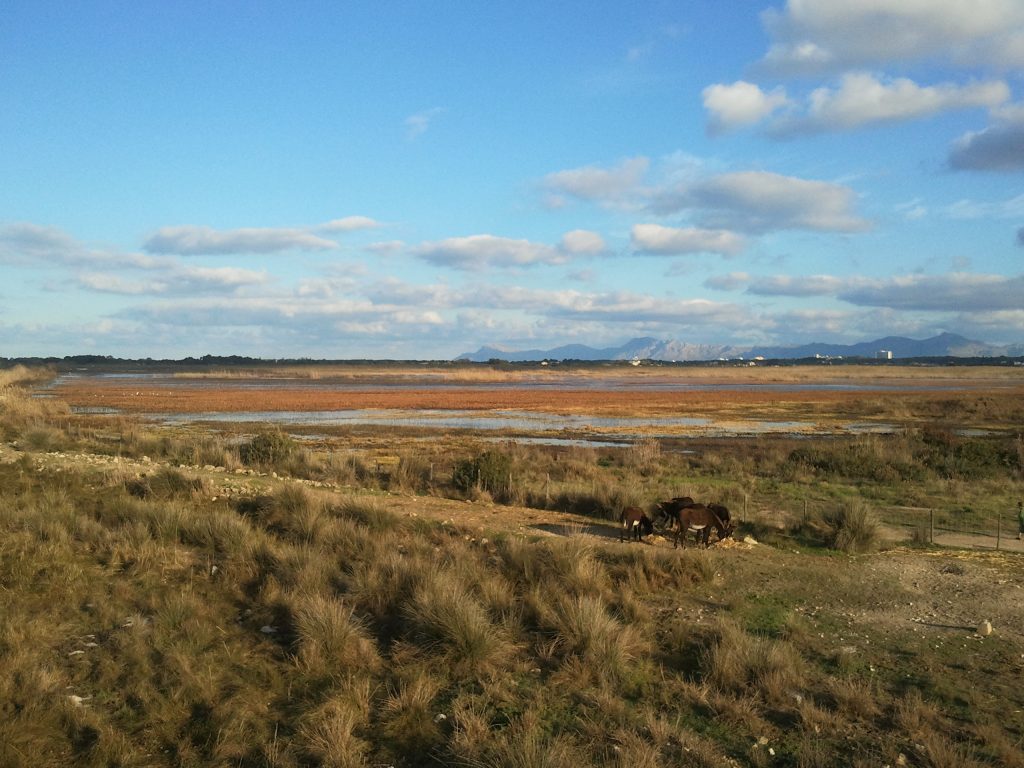
Exploring the diversity within the rambling S’Albufera reserve promises a full day of discovery. Many visitors begin their journey at the visitor centre to gather maps, permits and regional information before heading out along the 20km of trails.
These pathways cater to hikers, cyclists and those needing wheelchair-accessible routes – just beware of mid-day summer heat on unshaded trails.
Observation towers and secluded hides allow you to quietly watch wildlife and snap photos without disturbing reserved birds. Patient birders may catch a glimpse of rare species like Eleonora’s falcon, purple heron or whiskered tern from strategic viewing platforms. Guided tours are also available for those wanting an expert perspective on the best birdwatching opportunities.
Don’t forget to pause and appreciate the little moments too. Dragonflies and butterflies flit amongst vibrant coastal flowers. Ponds shimmer as European pond terrapins surface to bask atop floating logs. In the distance, Glossy ibis probe for food as egrets stand sentinel still as statues.
Accessibility & Practical Information
The S’Albufera Nature Reserve sits between the popular beach destinations of Port d’Alcudia and Ca’n Picafort in north Mallorca.
Visitors typically access the park by private car or taxi, with very limited public transportation available. Parking is restricted to a small lot at the visitor centre, so arrive early to secure a space during busier seasons.
The reserve is open daily from 9 am, closing between 5pm-7pm depending on the time of year. While there is no admission fee, you must acquire an entry permit at the visitor centre before exploring the park. Regular hours for the facility are 9 am – 4 pm outside peak summer.
Once inside the reserve, be sure to carry maps, food/water and protection against the Mediterranean elements like sunscreen, hats and mosquito repellents. Tripods, drones and unleashed pets are prohibited from protected areas. Photography for personal use is allowed.
Local Surroundings & Attractions
The S’Albufera Reserve neighbours popular Northern Mallorca destinations perfect for pairing with your nature escape.
The well-preserved historic town of Alcúdia sits minutes away, enclosed behind medieval walls with winding cobblestone streets and boutique shops to explore.
Farm-to-table restaurants within the nearby fishing village of Port d’Alcudia serve up the fresh Mediterranean catch of the day.
West of the reserve, the family-friendly beach resort of Can Picafort offers quality seafood dining along its pedestrianised Passeig Colon. Active travellers may also want to rent a bicycle or kayak to explore the coastline hugging the park boundaries.
At day’s end, visitors can unwind by watching the golden sunset over Alcúdia Bay before continuing their Mallorcan adventures.
Personal Reflections
Wandering through the expansive S’Albufera wetlands, it becomes easy to slow down and let awareness of your surroundings take over. Each twist of the reed-fringed gravel pathways reveals new visual treats – a feeding flock of glossy ibis probing the mudflats or dragonflies glittering amongst the coastal thickets.
It invites you to pause and allow the wildlife moments to come to you.
In our hurried world, time spent quietly watching elegant marsh harriers soaring past or listening to warblers sing from dense lakeside reeds reminds us of nature’s gifts we too often ignore. I lost hours immersed in S’Albufera’s living landscape and encourage others to lose themselves awhile in its tranquil beauty too.
Conclusion
For nature lovers, S’Albufera Nature Reserve offers the ultimate Mediterranean wilderness escape. These precious wetlands provide sanctuary for Mallorca’s stunning array of avian residents and migrants passing between continents.
Beyond rare bird sightings, visitors will discover scenic trails, diverse ecosystems and peaceful views within the expansive natural parkland.
So whether an avid birder or simply needing some refuge from bustling beach resorts, time spent immersed within these protected wetlands promises serenity and discovery. Let S’Albufera’s vibrant habitats reconnect you to Mediterranean nature’s wonders.
Location
Click to show map!

Mark Kaye is a travel writer and content creator living in Majorca, Spain. Originally from the UK, Mark moved to the island and quickly fell in love with Majorcan culture, food, and scenic landscapes. When he’s not busy writing detailed guides about Majorca’s top tourist attractions and hidden local gems, you can find him out exploring coastal trails or wandering the streets of Palma’s Old Town in search of his next great restaurant discovery.

